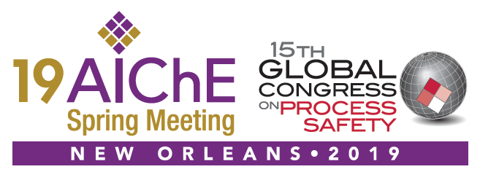

Case studies included in Guidelines for Safe Automation of Chemical Processes (2016) provide examples of how errors by operators and maintenance personnel contributed to process safety incidents. Since plant personnel interact with multiple automation systems across a site, human error is a major contributor to site-wide failures and lower than expected process safety performance. Unfortunately, human error is often viewed as something outside the scope of engineering, since engineers obviously cannot control humans. However, all engineers can make things better or worse through automation design.
This paper addresses human factors associated with operations and maintenance work, such as:
- Operations, maintenance, and supervisory structure and communications
- Emergency communications between operations, maintenance and supervision
- Organizational factors
- Work environment
- Task scheduling and staffing
- Instructions and procedures
- Task characteristics
- Personnel training and qualifications
There is no right answer for how to address human factors, so understanding where to start can be problematic. This paper provides practical checklists of positive and negative attributes for operators and maintenance activities associated with instrumentation and controls. Using the checklists, a site can determine where it fits on the negative-to-positive scale to determine where to focus resources on improving human factors.
Presenter(s)
Once the content has been viewed and you have attested to it, you will be able to download and print a certificate for PDH credits.
If you have already viewed this content,
please click here
to login.
Language
Pricing
Individuals
| AIChE Member Credits | 0.5 |
| AIChE Pro Members | $19.00 |
| Employees of CCPS Member Companies | Free |
| AIChE Graduate Student Members | Free |
| AIChE Undergraduate Student Members | Free |
| AIChE Explorer Members | $29.00 |
| Non-Members | $29.00 |
